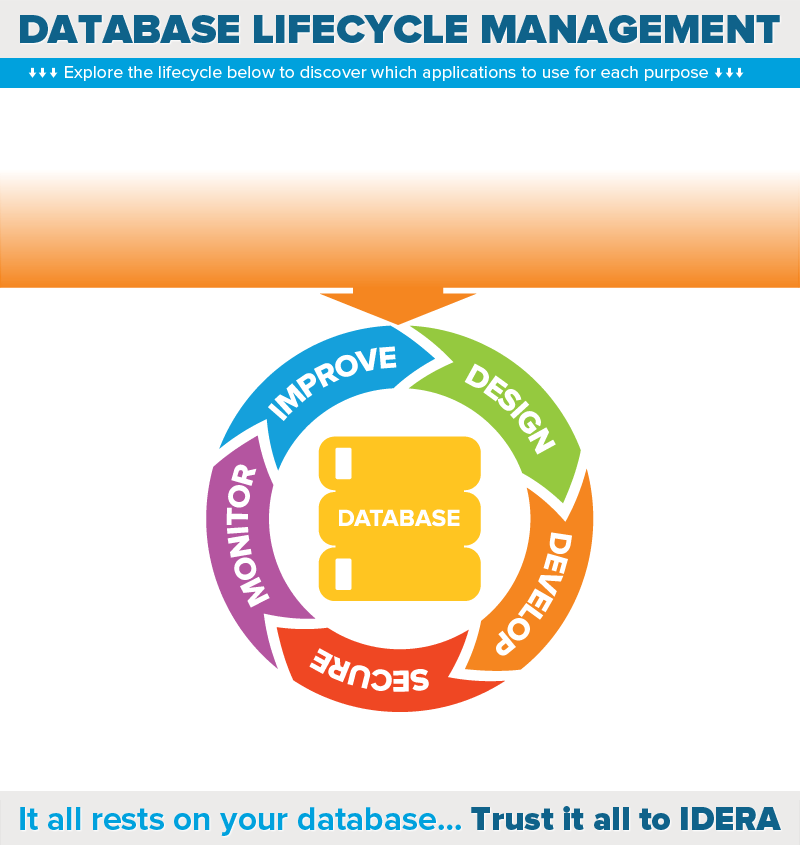Why DBAs [database administrators] should learn PowerShell
A more efficient way to manage and automate repetitive tasks on your SQL
Server.
Create useful tools: Create useful tools that provide functionality you
would normally have to purchase. Build your own SQL object dependency
viewer or make database and table graphs.
Automate repetitive tasks: Harness those repetitive tasks with PowerShell
automation such as backups and restores.
Save time: Save time with executing common SQL Server database
administration tasks in parallel, such as regular index maintenance jobs.
Multiple-server automation: Discover and collect information from
one-to-many SQL Server engines on your network. Execute a query, retrieve
properties or even update configurations automatically.
Monitoring: Use PowerShell to monitor and respond to events on all of your
SQL Servers: Monitor disk space or check failed SQL Server jobs.
Import and export files: Use PowerShell for importing and exporting
structured data such as CVS or XML [extended meta language]
Creating PowerShell SMO [SQL Server management objects] scripts: Create
scripts to document and manage all of your SQL Server instances by
retrieving information automatically from multiple instances.
Compliance: Perform automated security and compliance audits on multiple
SQL Server instances with PowerShell scripts.

